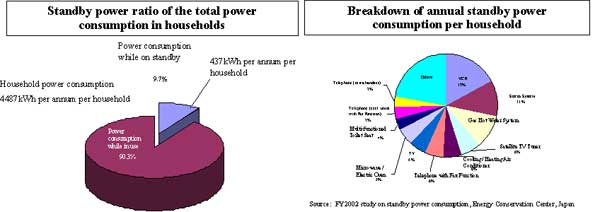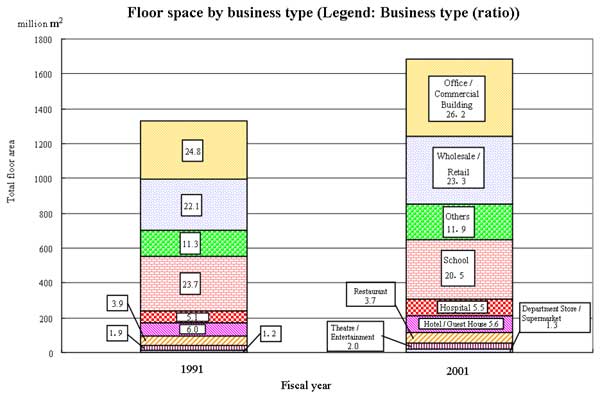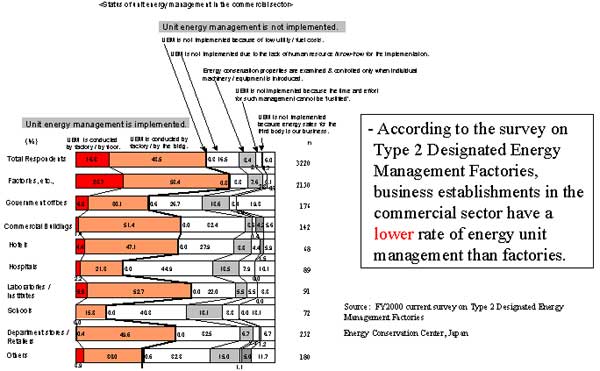1-2. Transition of Energy Consumption in the Commercial/Residential Sector
Transition of Per-Household Energy Consumption and the Number of Households
Transition of Per-Household Energy Consumption and the Number of Households
- Energy consumption in the residential sector has made a firm increase due to changes in the social structure (e.g. increase in the number of households), lifestyle changes, and other factors despite energy efficiency improvements for individual appliances.



